28 years since Srebrenica genocide when 8,000 Bosnian Muslims were killed
By Mustafa Begich
Thousands of people in cities and villages across Bosnia and Herzegovina came together on Tuesday to commemorate the 28th anniversary of the Srebrenica massacre, a tragic event that took the lives of 8,000 Bosnian Muslims in and around the eastern Bosnian town of Srebrenica.
The mass killings began on July 11, 1995, when the Bosnian Serb military, police and paramilitary formations forcefully took control of Srebrenica and the surrounding "safe area" established by the United Nations during the three-year devastating Bosnian War.
The genocidal massacre that took place in the following twenty days was the worst atrocity committed during the Yugoslav Wars, as well as the worst massacre that occurred in Europe since World War II.
Both the International Criminal Tribunal for the former Yugoslavia (ICTY) and the International Court of Justice (ICJ) ruled that these mass crimes constituted genocide, but Serbian officials have to date refused to admit that it was genocide or massacre.
Those tragic events played a significant role both in ending the war in Bosnia and Herzegovina and in the further development of political events in the territory of the former Yugoslavia.
What is Srebrenica?
Srebrenica is a mountain town located in the easternmost part of Bosnia and Herzegovina, very close to the border with Serbia. It is regionally known for its spa tourism and mining industry, especially silver, from which it got its name.
In 1991, a year before the outbreak of the Bosnian war, the municipality of Srebrenica had 36,666 inhabitants, three-quarters of whom were Muslim Bosniaks, and the rest were mostly Orthodox Serbs.
After the war, according to the 1995 Dayton Agreement, Srebrenica was included in the territory of Republika Srpska (RS), a Bosnian Serb entity of Bosnia and Herzegovina.
As a result of genocide and war persecution, the municipality of Srebrenica today has only 13,409 inhabitants, of which slightly more than half are Bosniaks (Muslims).
What was the prelude to massacre?
In the early 1990s, Yugoslavia began to disintegrate into several states, among them Bosnia and Herzegovina, which seceded through a referendum on independence in 1992.
Bosnian Serbs, who made up about a third of the population of Bosnia and Herzegovina, boycotted the referendum and launched an armed rebellion with the aim of creating an ethnically clean Serbian state.
The Bosniak municipality of Srebrenica was an obstacle to these Serbian irredentist plans since it geographically separated two areas with the Serb majority.
With larger military forces and the support of the Yugoslav army, Bosnian Serb forces soon besieged the town and left it isolated from the rest of the world.
The siege of the town lasted for more than three years and during that period local Bosniak commanders like Naser Orić successfully defended the enclave, which was often exposed to Serbian attacks and shelling.
The Srebrenica enclave, protected by the UN as a "safe area" in 1993, was overcrowded with thousands of refugees from the surrounding areas and had problems with supplies as humanitarian convoys were often robbed by Serbs.

How did the massacre begin?
In the early summer of 1995, the humanitarian situation in the Srebrenica enclave was catastrophic, with reports of the first deaths from starvation.
The Serbian forces saw it as an opportunity to completely occupy the enclave militarily and were encouraged in doing so by Radovan Karadžić, President of the RS entity.
Although Srebrenica was guarded by international forces (UNPROFOR), composed mainly of Dutch soldiers, they refused to defend the town when the Serbian attack broke out.
Dutch commander Thomas Karremans requested the air intervention of NATO aviation, however, they also refused to participate and soon the entire area fell under the control of Serbian forces led by General Ratko Mladić.
During the occupation of the enclave, several groups of people broke through the perimeter and fled to other safe areas under non-Serb control, leaving around 25,000 civilians behind.
What were the genocidal methods?
After Serbian forces took control of Srebrenica and the nearby UN camp Potočari, where many Bosniak civilians tried to hide, the planned genocidal operation to exterminate all men began.
All men and boys between the ages of 15 and 65, sometimes also younger and older, were separated from the women and taken by buses and trucks to various isolated locations.
Before the actual murders, prisoners were mostly housed in empty schools, warehouses and similar facilities. In order to prevent escape, they were blindfolded, their hands tied or their shoes taken away.
They would usually spend a few hours or days there and would be trucked in small groups to isolated places where mass executions were carried out.
At the very places of execution, they were lined up and then killed by bursts from automatic weapons. Those who would survive were later killed by single shots at close range.
How did Westerners support it?
Srebrenica genocide deniers in Europe have gone to great lengths to glorify war criminals and vilify victims, which experts say proves that European leaders paved the way for the genocide.
In his book ‘The Clinton Tapes,' Taylor Branch writes that Europeans insisted that “an independent Bosnia would be ‘unnatural’ as the only Muslim nation in Europe”, implying that the extermination of Muslims from the country was the only way forward.
Then-French President Francois Mitterrand is also quoted as saying in the book that “Bosnia did not belong” and British officials are cited as calling for the “restoration of Christian Europe”.
On the other hand, Iran was one of the first countries that came to the rescue of Bosniaks during the war, providing them with moral and material support, when Westerners were fanning the war flames.
Mustafa Begich is a commentator and writer on Balkan affairs.
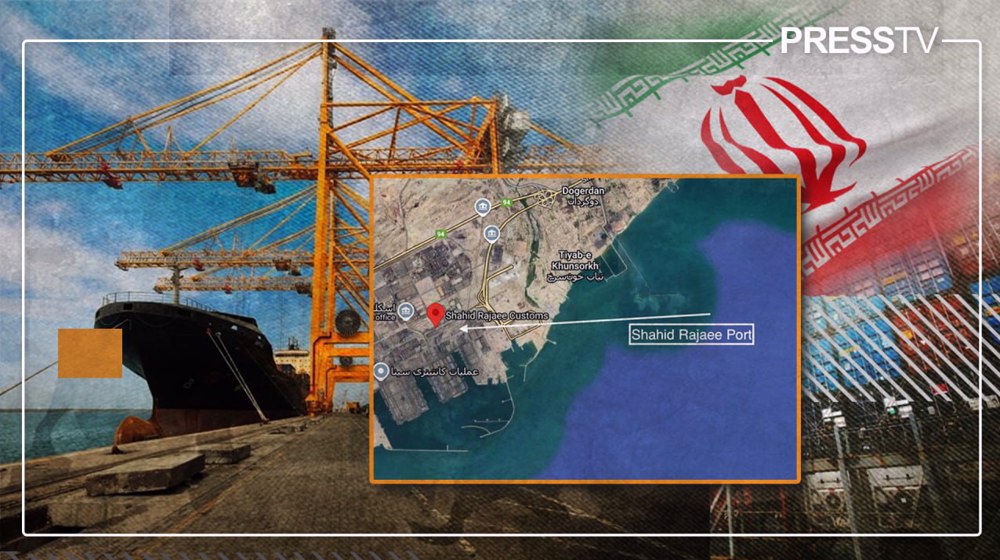
Explainer: What is the significance of Shahid Rajaee Port for Iran?
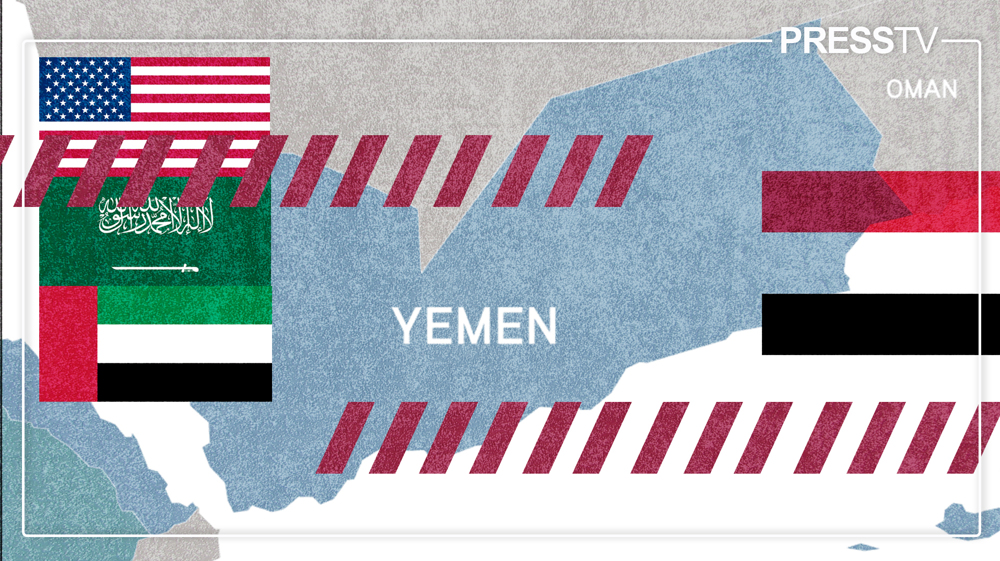
Yemen vows payback as Saudis, Emiratis whisper dirty US plots in the dark
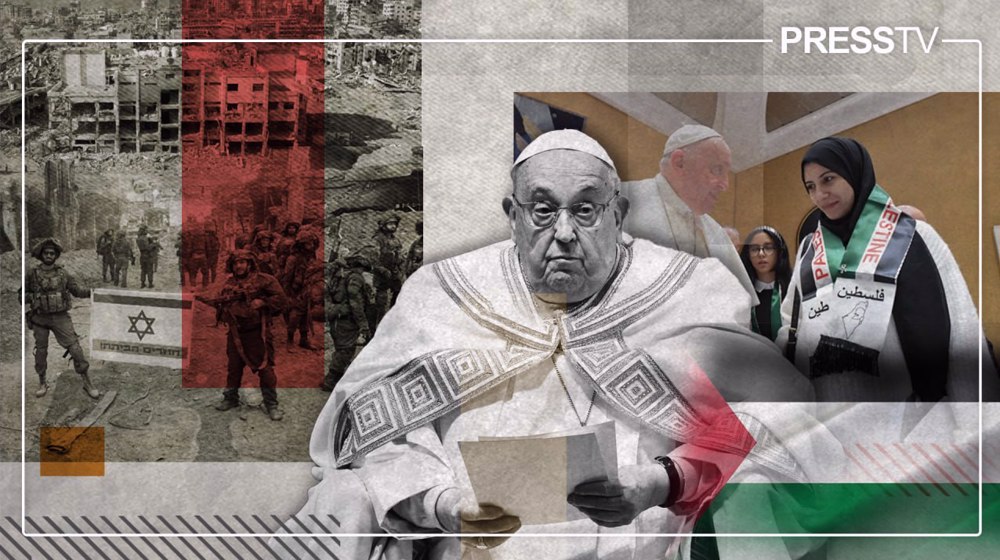
'War is defeat': Pope Francis will be remembered for his moral stand on Gaza
Iran mulls buying oil from Azerbaijan amid warming ties: Report
Israeli settlers storm al-Aqsa Mosque amid intensified West Bank raids
Canadians take to the polls as Trump renews US takeover push
Israel uses new 'Bar' guided rockets in Gaza genocide as death toll surges
Iran condemns deadly US attacks on Yemen as ‘war crime’, blasts international silence
Hague court upholds verdict favoring Iranian banks in Bahrain case
VIDEO | Press TV's news headlines
VIDEO | Laughter under rubble: Palestinians turn displacement into defiance


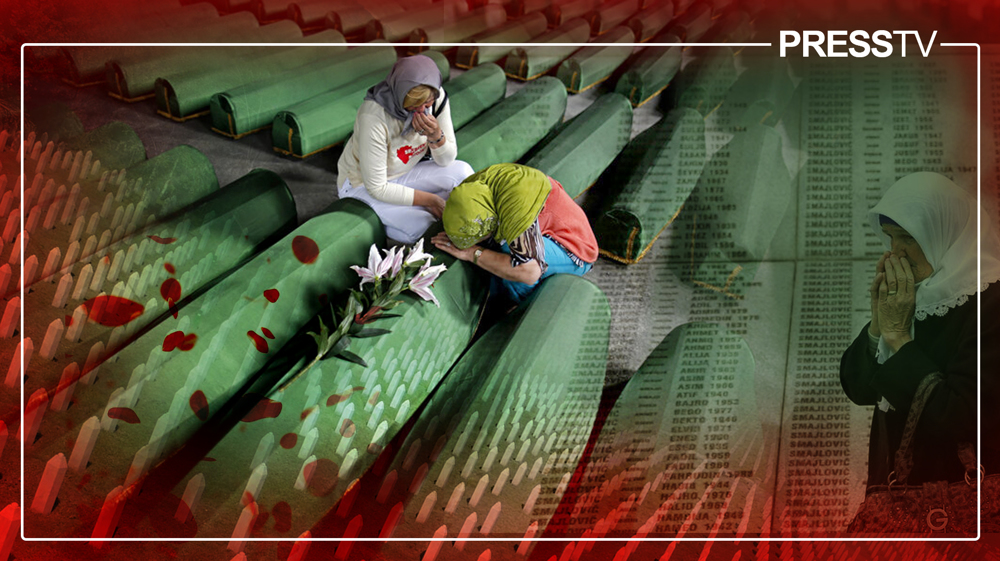



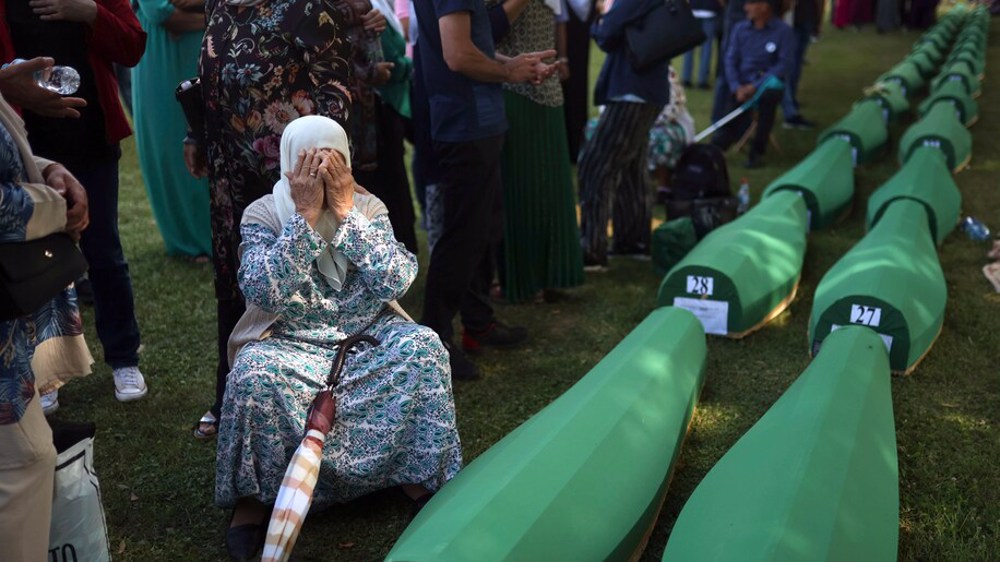
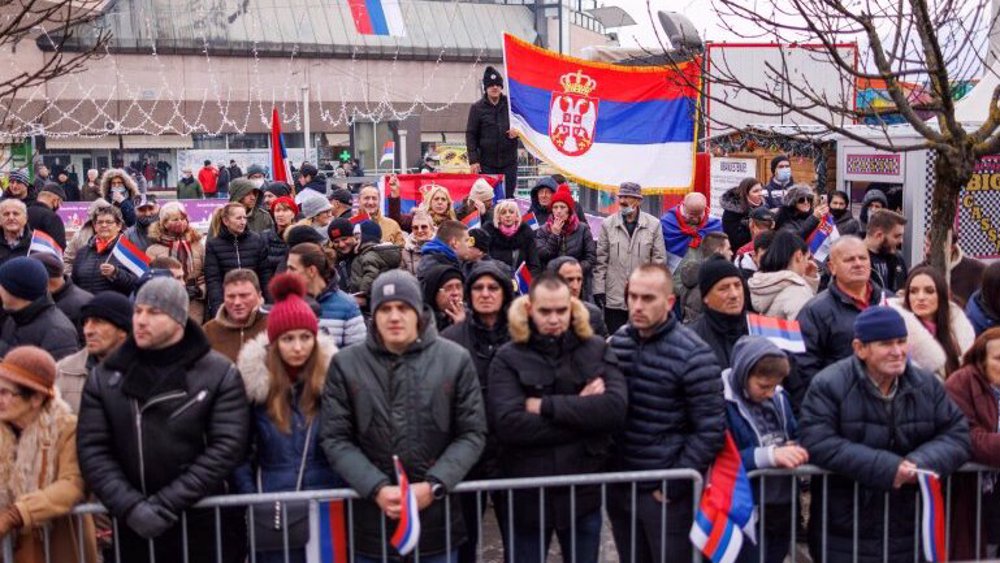
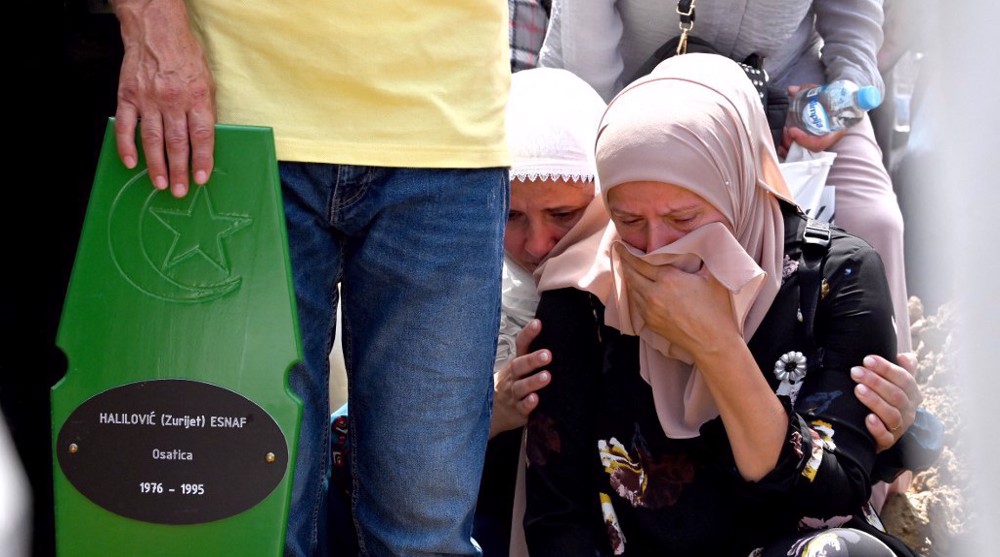
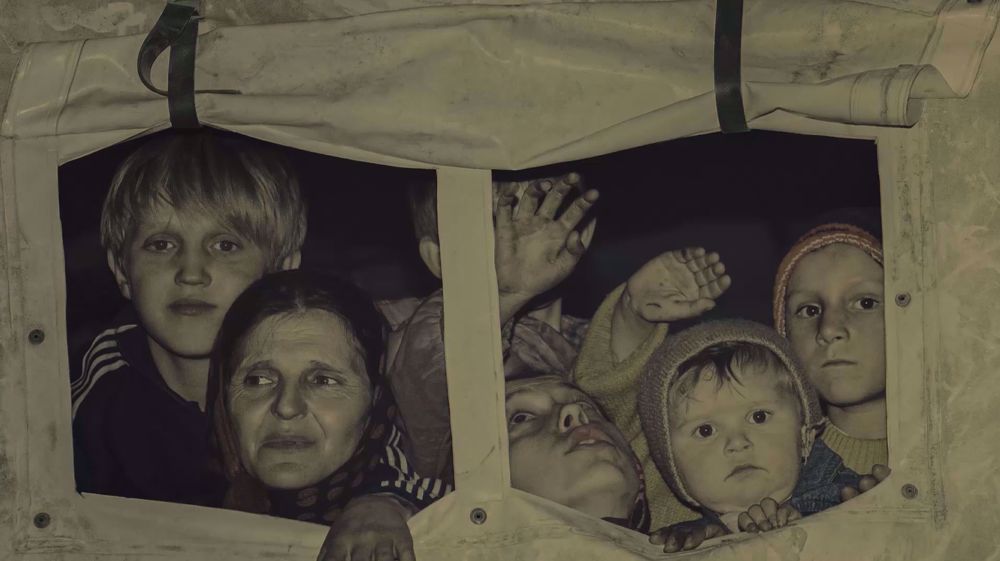
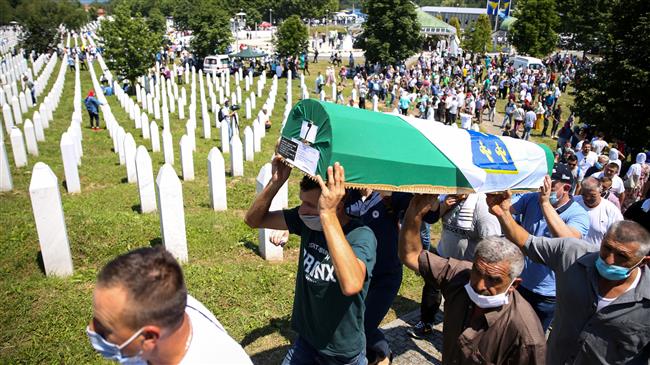

 This makes it easy to access the Press TV website
This makes it easy to access the Press TV website